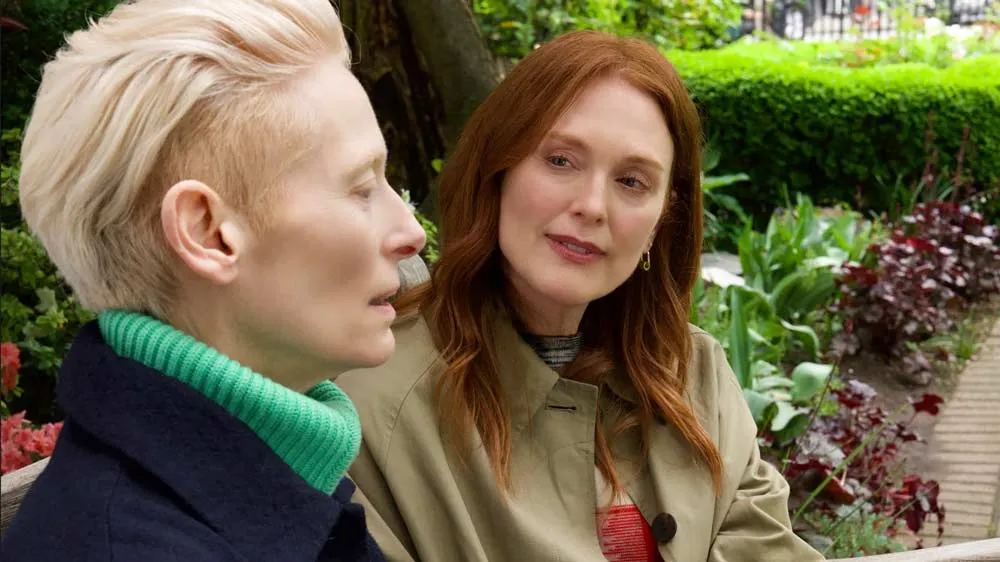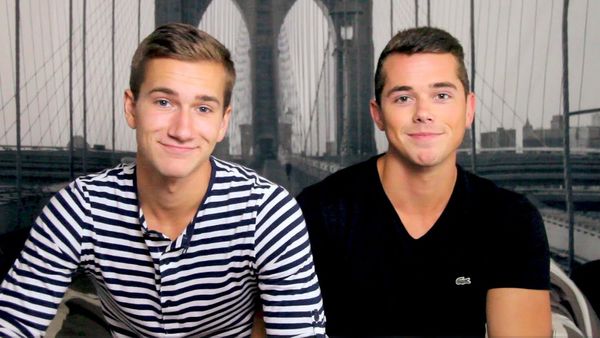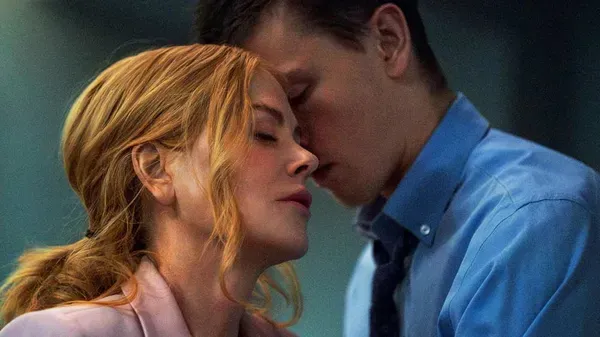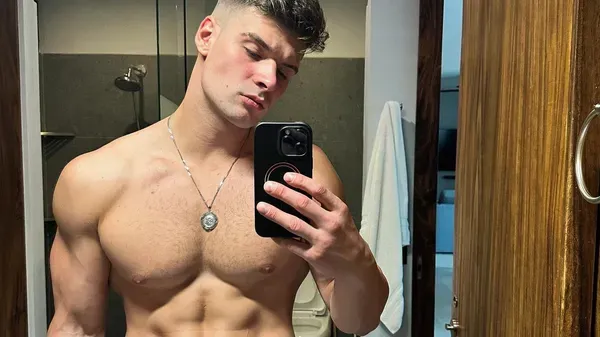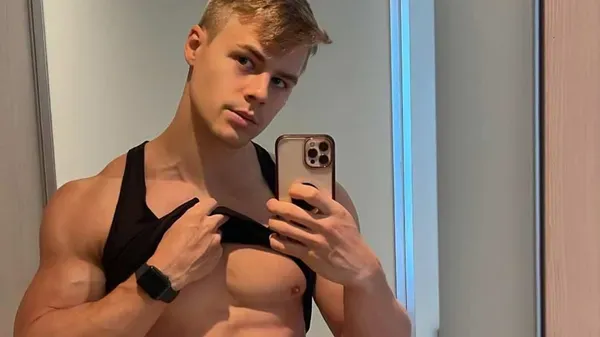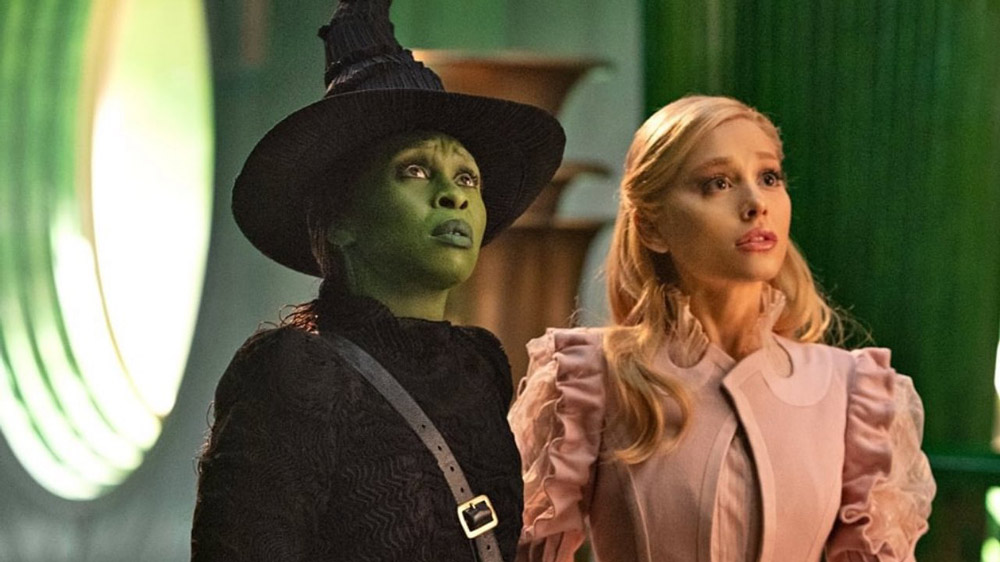
Nov 20
Review: Is 'Wicked' a Musical for the Zeitgeist?
Robert Nesti READ TIME: 6 MIN.
Something "Wicked" this way comes on Friday when the long awaited film version of the hugely successful stage musical hits theaters. To quote the green-hued witch Elphaba (the remarkable Cynthia Erivo), everyone deserves their chance to fly, and this is the moment for this musical film to soar. It is hard not to come away without being impressed by how director John M. Chu balances the abundant and often dazzling CGI wizardry with its tender story of the tween friendship between Elphaba and Galinda (an equally good Ariana Grande), and its dark political themes that reflect our own. Is "Wicked" a zeitgeist musical? It seems so.
In adapting the hugely successful Broadway hit (22 years and still selling out), Chu and screenwriters Winnie Holzman and Dana Fox make the very smart decision to break the musical into two parts. Honing closely to the musical – the film is the first act with one cheeky Easter egg addition that features its Broadway originals Idina Menzel and Kristen Chenoweth – they make it clear they have a big story to tell. This shouldn't be that surprising. Holzman wrote the stage adaptation of Gregory Maguire's 1995 fantasy novel that turns "The Wizard of Oz" inside out; and it was composer/lyricist Stephen Schwartz who initially convinced Maguire to allow them to adapt it when he showed the author an early song title, "No one Mourns the Wicked." "Stephen understood what the book is about: identifying with someone who was ostracised," he told the Guardian in 2021. "With those words, he sold the project to me. He knew I had not written 'Wicked' to be a parody of 'The Wizard of Oz' but that I wanted to honour and unpack that story instead."
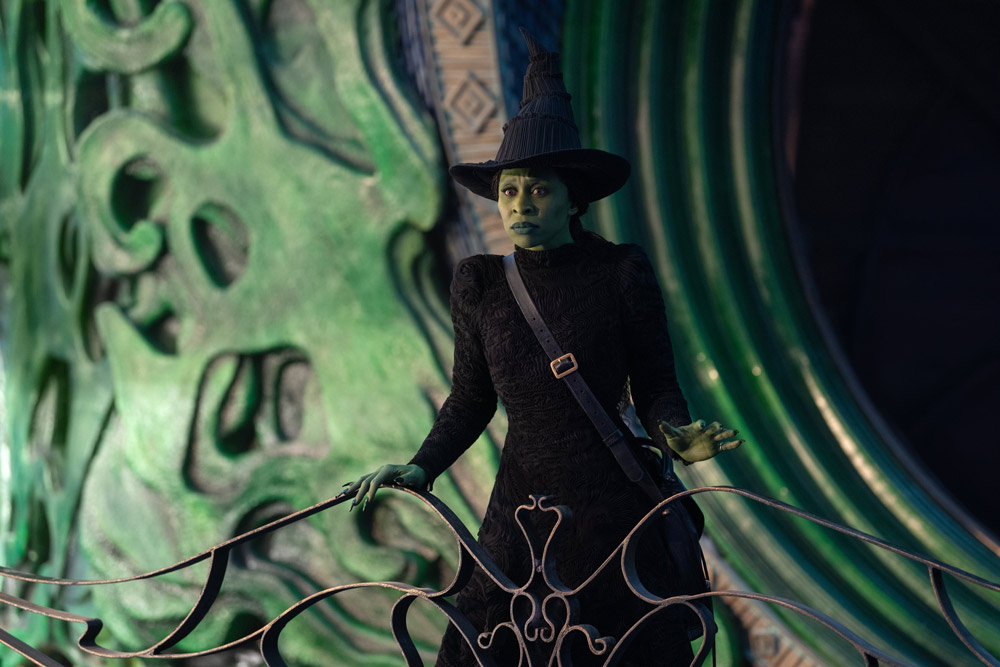
Source: Universal
And unpack it does as it looks at the story from a divergent and most political point-of-view, essentially labeling it as propaganda against Elphaba, the green-hued witch who is only known as The Wicked Witch of The West in the Baum novel and its iconic 1939 film version. Maguire feels she's has had a bad rap and this adaptation tells her story with the breadth of "The Godfather." Only halfway through and there's been no mention of Dorothy Gale, and her Yellow Brick Road companions, or the ruby slippers. They arrive in Part Two, due out a year from now. Instead this first half presents how Elphaba learns to channel her magical powers and becomes demonized by The Wizard and an enemy of the kingdom of Oz. As another popular song title suggests, it ain't easy being green.
At first, though, "Wicked" is closer to "Barbie" than "V for Vendetta." This is due to two factors – a gorgeous and completely original rendering of Oz from production designer Nathan Crowley that moves from the charming thatched roofs of "Munchkinland" and candy-colored world of Shiz University, the Hogwarts-like school Elphaba attends, to the Emerald City itself, washed in green with a steampunk look. Of course the design elements, which include splendidly realized costumes by Paul Tazewell, are inspired by the original film, but integrated with a seamless mix of real sets and CGI to create a highly original environment for the story to transpire. The film's look is quite enchanting, grounding this fantasy world that looks like a classic MGM musical updated with 21st-century sensibilities.
The second is the narrative itself, which at first resembles a tween romance when Elphaba is recruited (due to her unbridled magical powers) to attend Shiz as a special student under the guidance of a sorcery professor Mrs. Morrible (a slippery effective Michelle Yeoh). At Shiz, Elphaba rooms uncomfortably with Galinda who refashions herself Glinda and is played with the right mix of blonde ambition and teen insecurity by Grande. She is a mean-girl with her own claque and ambitions as a sorceress. She clashes with Elphaba, especially when the drop-dead gorgeous playboy Fiyero (a well-cast Jonathan Bailey) arrives at the school. Galinda claims him as hers, but there's a romantic spark in his relationship with Elphaba that's right out of a John Hughes film.
The focus moves elsewhere once Elphaba becomes aware of an in-progress movement against the animal population (in utopian they Oz live and work as equals with humans) and she finds her cause. This puts her at odds with The Wizard, Mrs. Morrible and the powers that be in Oz. Labeled an enemy of the people in the film's thrilling final half hour, she explodes with the anthemic "Defying Gravity," a number played to maximum dramatic effect to close the first half.
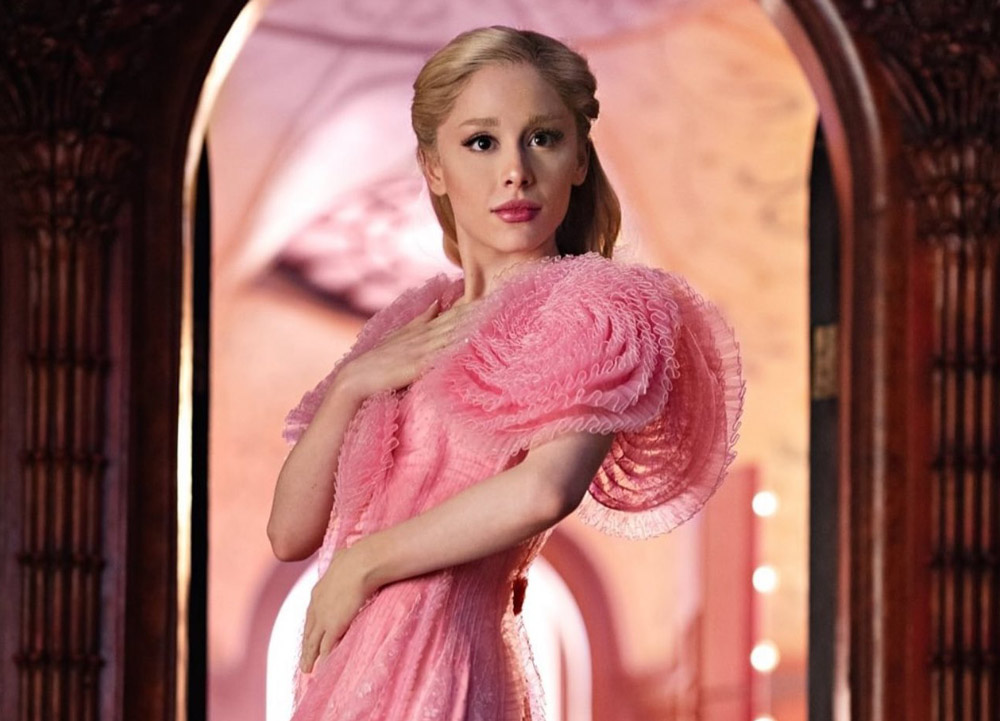
Up to that point, Erivo smolders as she finds herself, most notably when Chu closes in on her face with her piercing green eyes, At first she's as world-weary a teen as can be imagined, and loses control of her magical powers when angered. (In these moments she brings to mind another troubled telekinetic teen, Carrie White, who also had a musical made about her.) But her Elphaba finds hope with the promise of joining forces with the Wizard (a smoothly disingenuous Jeff Goldblum) with a spectacular reading of "The Wizard and I," about as great a wanting song as a Broadway musical can have. During the film's mid-section, she's game at sparring with Galinda, a sequence that culminates in the film's most poignant (and quietest) moment when she turns her rival's attempt at bullying into a confident display of her own self-worth with an evocative dance filled with hand gestures. Nothing, it suggests, is going to bring her down. From here, the musical turns dark, both in theme and design, as the newly made duo head to Oz. Once there they learn that the Wizard and Madame Morrible have their own agenda, one that Elphaba rebels against.
Film adaptations of Broadway musicals habitually truncate the source material to fit an acceptable running time, and the final films often feel like shadows of the original. What is revolutionary about "Wicked" is that fidelity to its source material is proof that such an approach can hold up on screen. Imagine if "Sweeney Todd" had been given this breadth. Perhaps with a fan base as vast as "Wicked," the filmmakers felt they had no choice but to include every number and incident, but it also shows that having faith in a source may be the best way to approach film musicals. Coming in at 160 minutes, the film is almost as long as the Broadway musical itself, yet never feels bloated, in part because the material is so strong – the script wittily plays with its audience's familiarity with "The Wizard of Oz" and Schwartz supplies one Broadway ear worm after another. But Chu proves to be a master at containing its disparate elements. And, as with "In the Heights," his adaptation of Lin Manuel Miranda's gritty, urban musical, he shows a gift for fluidity bringing dance into the story, which recalls the great Vincente Minnelli.
One imaginatively designed number has the students at Shiz dancing in oversized, spinning drums that contain library books in which there is movement everywhere. Chu also carefully segues from its lighter first half to the darker second, and effectively sets up what's to come in Part Two, in which Maguire's revisionist storyline takes hold. "Witches can be right," Stephen Sondheim wrote in his own fairytale musical "Into the Woods," and that lyric applies here as Elphaba becomes an avenging angel against the forces of emerging fascism. That I write these words on the same day a Republican congresswoman plans on denying a newly elected trans member of Congress the use the women's room only shows how prescient the musical's darker themes are.
Robert Nesti can be reached at [email protected].
